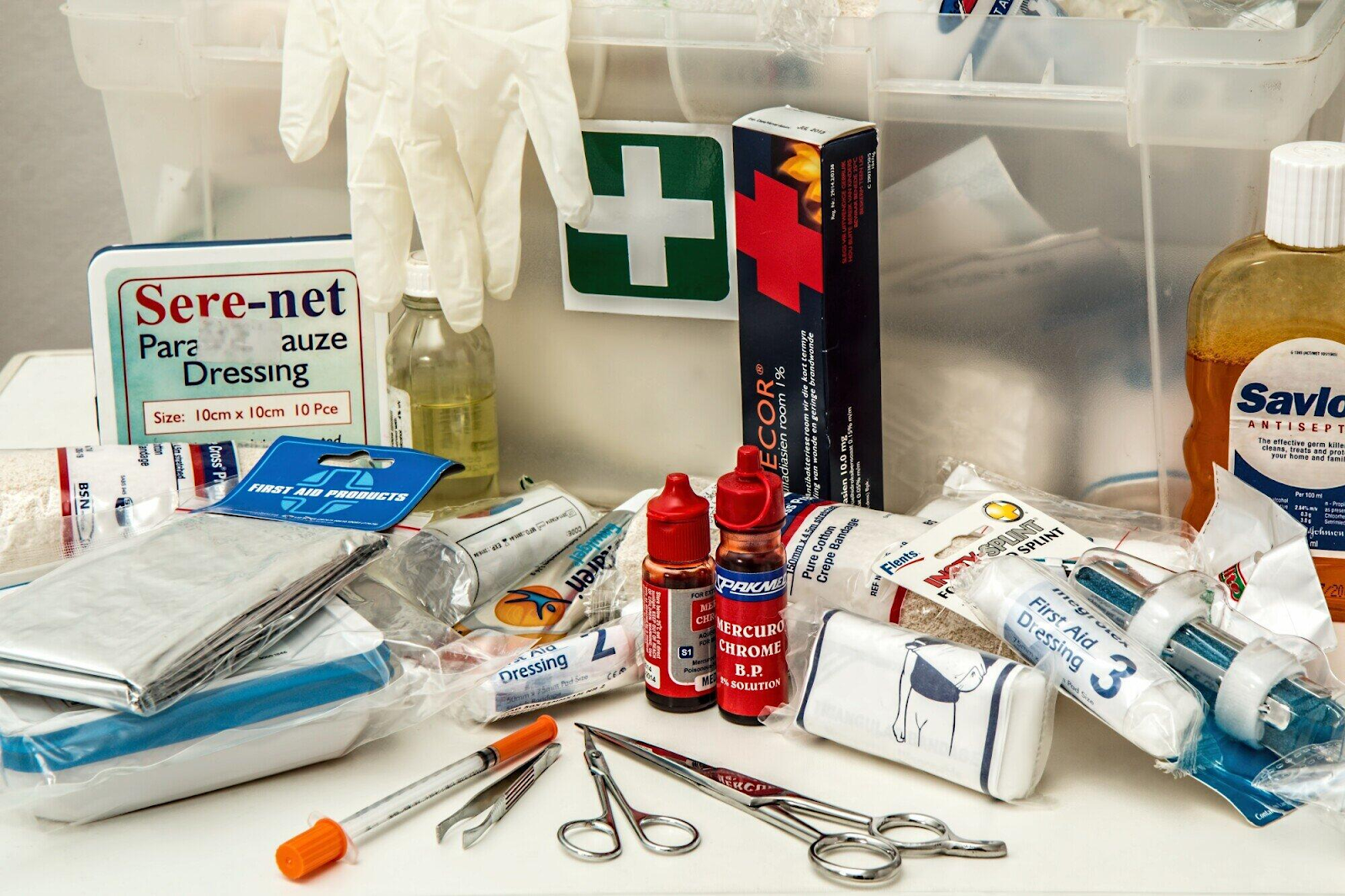
How to Use a Tourniquet Kit in Emergency Situations
What would you do if someone was bleeding heavily?
In such moments, knowing how to use a tourniquet kit can save a life. A tourniquet is a device that helps control severe bleeding from a limb.
This guide will teach you the steps to apply a tourniquet safely and effectively. By understanding these basics, you can be prepared to handle emergencies with confidence.

Assess the Situation
First, ensure the scene is safe for you and the injured person. Stay calm and quickly identify the source of the bleeding. Call for help immediately by dialing emergency services.
If available, put on gloves for protection. Check if the bleeding is from an arm or leg, as tourniquets are only for limbs.
Fast action is crucial for effective emergency response. Determine if other ways to stop the bleeding, like direct pressure, are not working before deciding to use the tourniquet.
Prepare the Tourniquet
Get the tourniquet kit ready. If you don't have one, you can shop for a CAT Tourniquet here, or find a similar high-quality tourniquet. Always keep it in an accessible place.
Unwrap the tourniquet and check its parts. It should have a strap, windlass, and buckle. Familiarize yourself with how it looks and feels.
Practice applying it on yourself or a training dummy, but never leave it tightened. Knowing your tourniquet well ensures you can act quickly and confidently in an emergency situation.
Apply and Tighten
Place the tourniquet about 2-3 inches above the wound, but not over a joint. Wrap the strap around the limb and secure it tightly. Twist the windlass until the bleeding stops.
Ensure it is tight enough to control the bleeding, but not causing unnecessary pain. Secure the windlass in place using the buckle.
Write down the time of tourniquet application on the tourniquet or on a piece of tape. This information is crucial for medical professionals who will treat the injury later.
Secure the Windlass
Make sure the windlass stays tight by securing it with the clip or buckle. Double-check that it won't move out of place. This keeps the tourniquet tight and the bleeding under control.
Stay with the injured person and keep them calm. Do not remove the tourniquet until medical help arrives.
Removing it too soon can cause more bleeding. Tell the medical team when you applied the tourniquet so they can give the best care.
Monitor and Record
Watch the injured person closely. Keep checking the tourniquet to make sure it is still tight. Look for signs of shock, like pale skin or dizziness.
Write down the time you applied the tourniquet. Check this time regularly and note any changes. Keep talking to the injured person to keep them awake and calm.
Stay with them until help arrives. Tell the medical team everything you have done and noted. This helps them provide the best care quickly.
Practice Using Your Tourniquet Kit Today
Knowing how to use a tourniquet kit can save a life in emergencies. Remember to stay calm, act quickly, and follow the steps carefully. Practice using your tourniquet kit before you need it, so you are ready.
By being prepared, you can make a difference when it matters most. Always seek professional medical help after applying a tourniquet.
If you enjoyed this article please take the time to check out some of the other great content on our site
Trending
-
1 Jocko Willink's Inspirational Life & Net Worth
Aaqil Ashraf -
2 How Art Shapes Culture and Reflects Human Experience
Luke Fitzpatrick -
3 Meet Felix Williams and Maria Arthuer: The Parents of World Class Winger Nico Williams
Felix Yim -
4 Kai Cenat's Dad and the Enduring Public Interest
Aaqil Ashraf -
5 London Tube Stations Closed as Workers Stage Strikes
Mihir Gadhvi





Comments